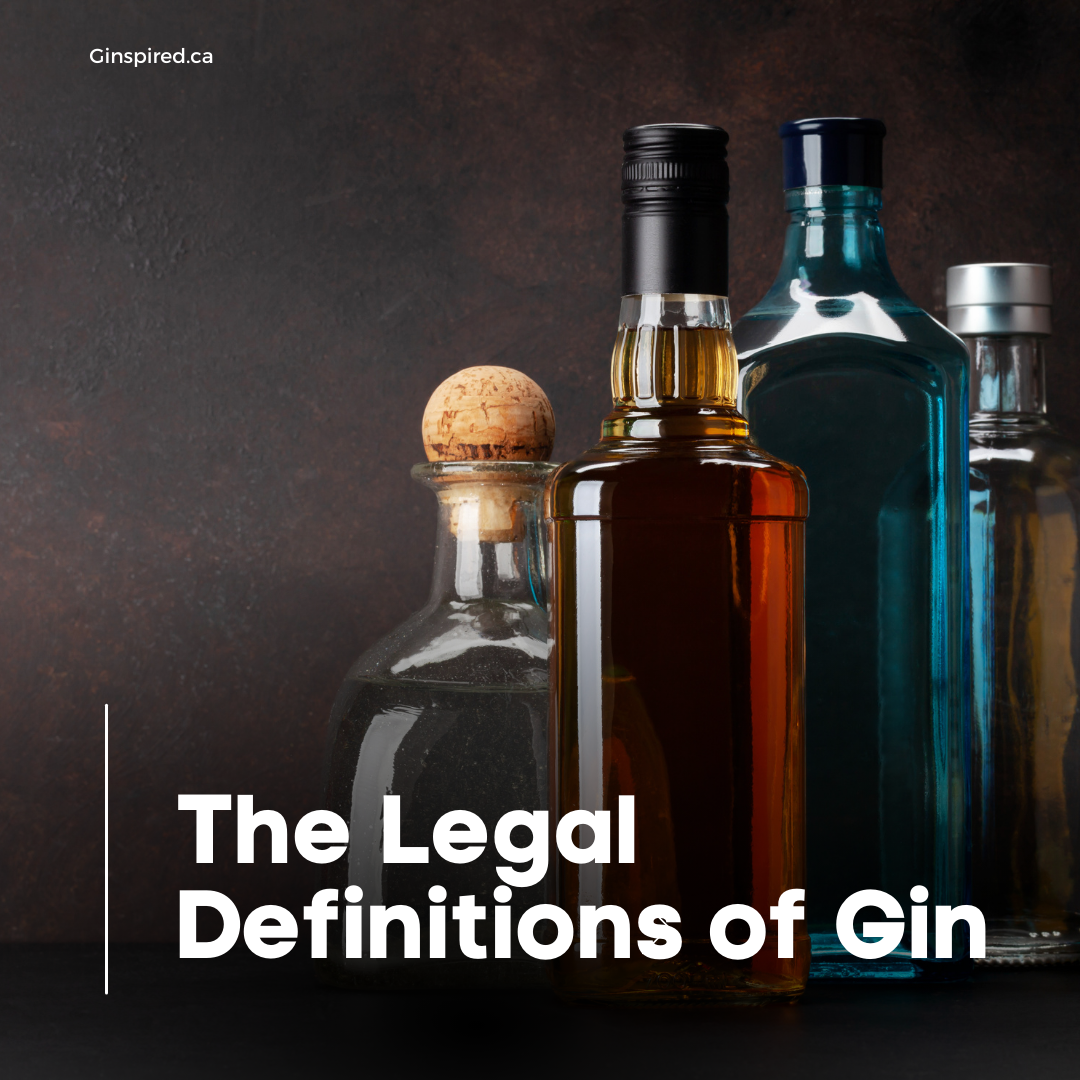The Legal Definitions of Gin

What is gin??
At its essence, gin is a triple-distilled spirit made with neutral grain alcohol, infused with botanicals, and cut with distilled water. The neutral grain alcohol is distilled through a double or triple-column distill, then distilled one last time in a big pot still with a mixture of botanicals.
Gin can legally be made anywhere that distillation occurs, so there is a world of gin to be sipped. There are roughly four categories of gin: London Dry, Genever (or Holland), Plymouth, and international-style gins. Let’s look at each type.
London Dry Gin
London Dry gin can be made anywhere, but it must be made to the strict rules of the category.
Dry gins don’t need to come from London, but this category is incredibly popular in the city. Traditional London Dry gins boast strong juniper and citrus flavours and have a round, dry mouthfeel.
This style of gin was invented by Englishman Charles Tanqueray in the 1830s, and today, Tanqueray is still one of the more popular styles of London Dry gin (Bombay Sapphire, Beefeater, and Sipsmith are other great styles). Grains were expensive, and London Dry was far cheaper to make than the malty Dutch gin.
So what’s the difference between London Dry Gin and regular gin? London Dry is an EU-recognized style of gin that can be made with any high-strength neutral base spirit (wheat, grape, or corn).
Dry gins are made by redistilling high-strength, neutral grain alcohol together with botanicals in a pot still. The mixture is distilled until it reaches a minimum strength of 70% ABV (alcohol by volume), or 140 proof.
Only a neutral spirit of the same type may be added to strengthen the spirit after distillation. No colouring or sweetener is permitted. Juniper must reign the botanical mix.
Traditional London Dry gins are a whopping 47% ABV, but modern producers have tweaked theirs - some are as low as 37.5% while others are a hair-raising 55%. Regardless, to earn the title of a London Dry, the spirit must be distilled to a minimum of 70 percent, then redistilled in a pot still with juniper as the key botanical.
Genever
Often known as Holland's gin, genever is local to the Netherlands and Belgium, though there are distillers in France and Germany. Genever ranges in colour from pale yellow to a rusty gold, depending on the producer.
Genevers are made from pot-stilled barley or rye distillate (known as malt wine) with a neutral grain spirit blended in. Some use rye, wheat, corn or malted barley, all of which can make a huge difference in the end spirit (just like rye or bourbon).
Genevers must, by law, include juniper, but it doesn’t need to be the main flavour. Some genevers push the malty flavour profile forward while others play about by adding different botanicals.
Rather than build the spirits in the still, it’s common for genever makers to craft everything - the neutral spirit, malt wine, and botanical distillate - separately, then blend it all together at the end. Genevers range in ABV from 35% to 50%.
Think of it as gin’s country cousin - it’s malty and cereally, rather than spicy and herbal like the gin you probably know.
Genever fell from American shelves after the world wars. Brands like Bols, the biggest brand in North America and the oldest genever company in the Netherlands, and Old Duff, a newer genever made by American bartender Philip Duff, have since revived the category.
Plymouth Gin
Plymouth gin must be made in the town of Plymouth, England.
Plymouth is home to a lone gin distillery, Blackfriars, which makes its own distinct style of gin, fittingly named Plymouth Gin. It’s lower in alcohol and earthy on the palate. With the rise of vodka in the 1970s, gin struggled. Styles like Plymouth Gin disappeared from shelves.
International Gin
Anything that doesn’t fit in those three categories is dubbed an ‘international gin.’
If distillers want to get creative with flavours, colours, and sweeteners, the product has to be dubbed a ‘distilled gin’ or ‘international gin’. You will, for example, never find a flavoured London Dry gin.
These run the gamut of funky pink gins from England to lemon gins from Sicily.
As you can see, gin is a versatile spirit with a myriad of expressions. Its legal definitions encompass a spectrum of styles, each with its own distinctive characteristics and production requirements. From the traditional and juniper-forward London Dry to the malty and cereally Genever, and the unique offerings of Plymouth and International Gins, the world of gin is a diverse landscape waiting to be explored.
Want to learn more? Grab a copy of GINSPIRED: The Ultimate Gin Cookbook. Found on your local Amazon site and major bookstores worldwide.